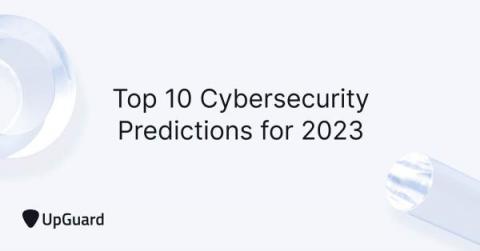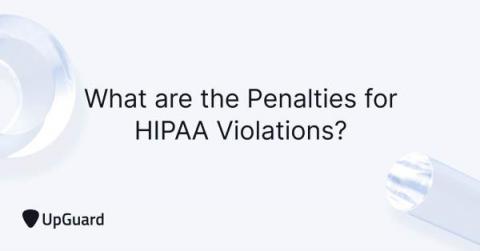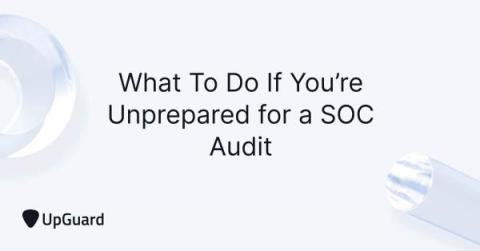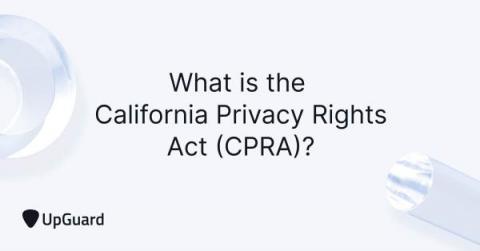How Did Red Cross Get Hacked?
The January 2022 International Committee of the Red Cross (ICRC) data breach was caused by an unpatched critical vulnerability in the Single Signe-In tool developed by Zoho, a business software development company. After exploiting the vulnerability (tracked as CVE-2021-40539), the cybercriminals deployed offensive security tools to help gain access to ICRC's contact database, resulting in the compromise of more than 515,000 globally.










